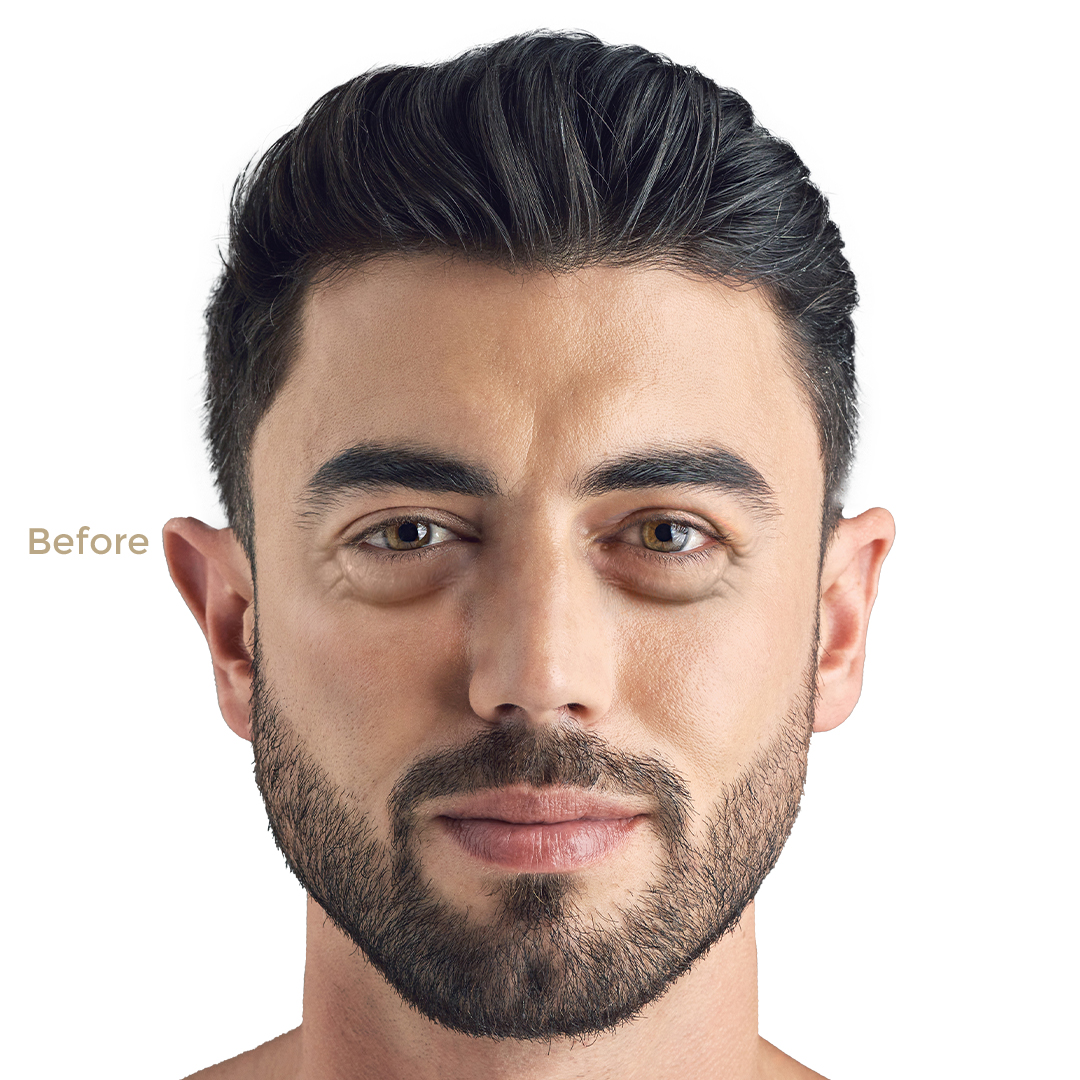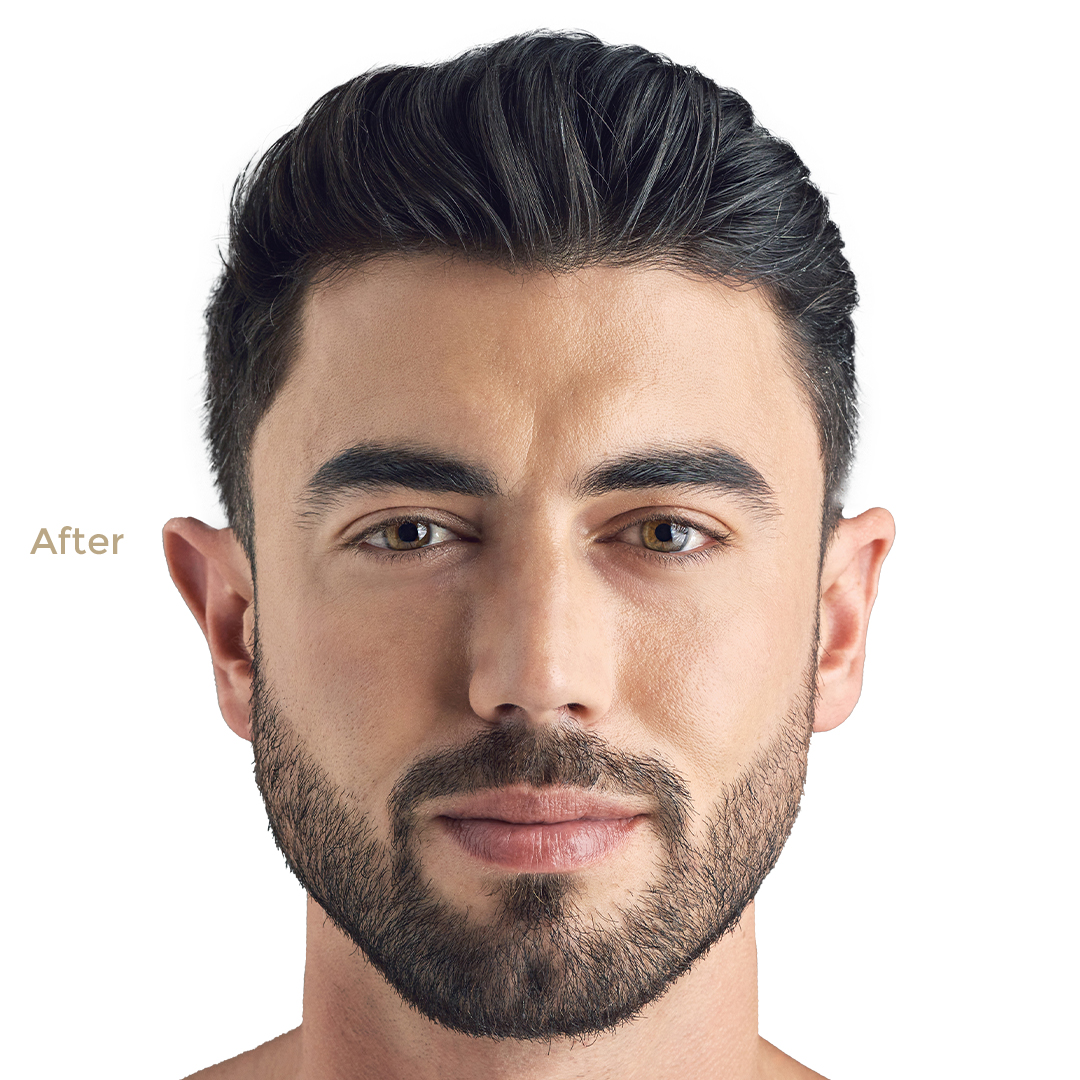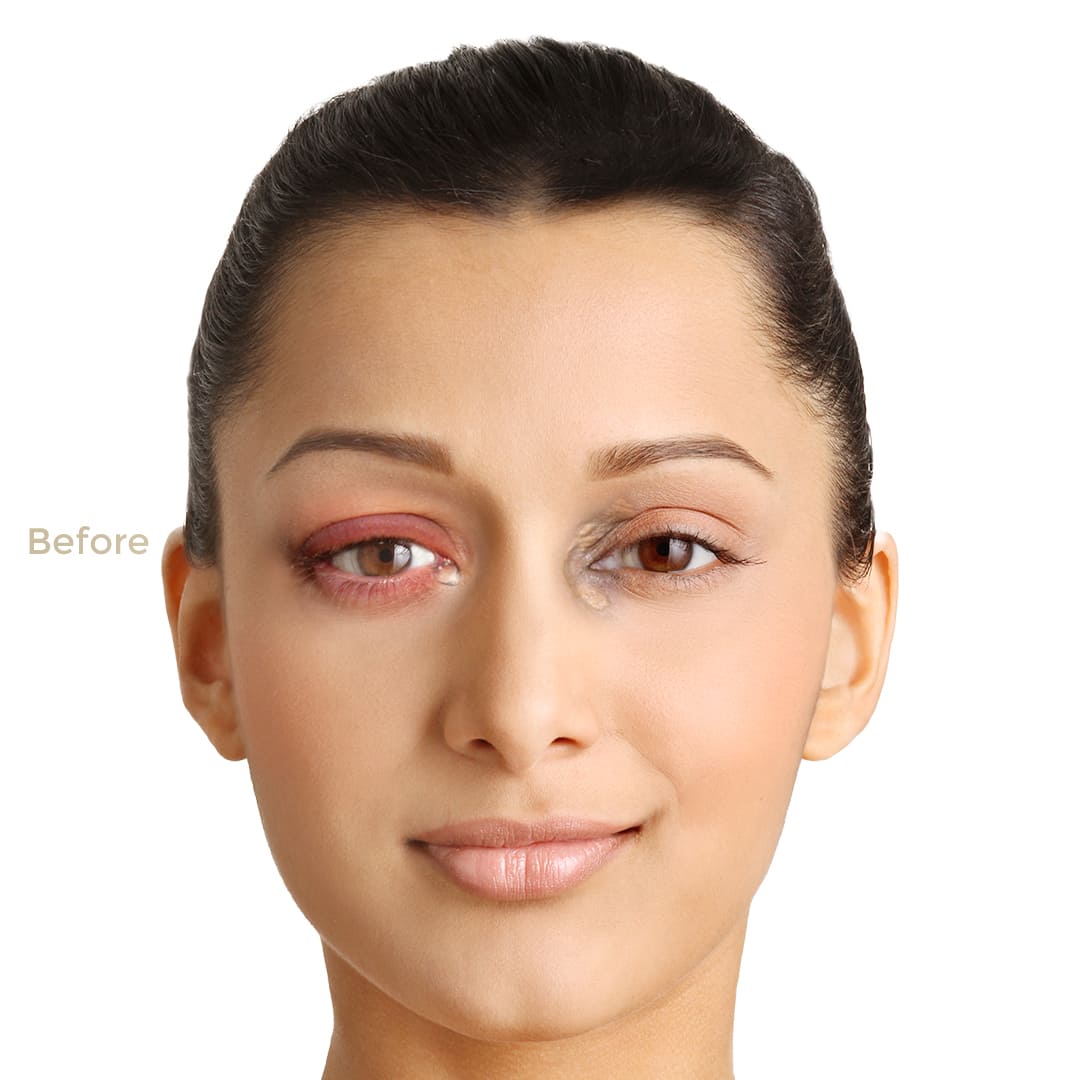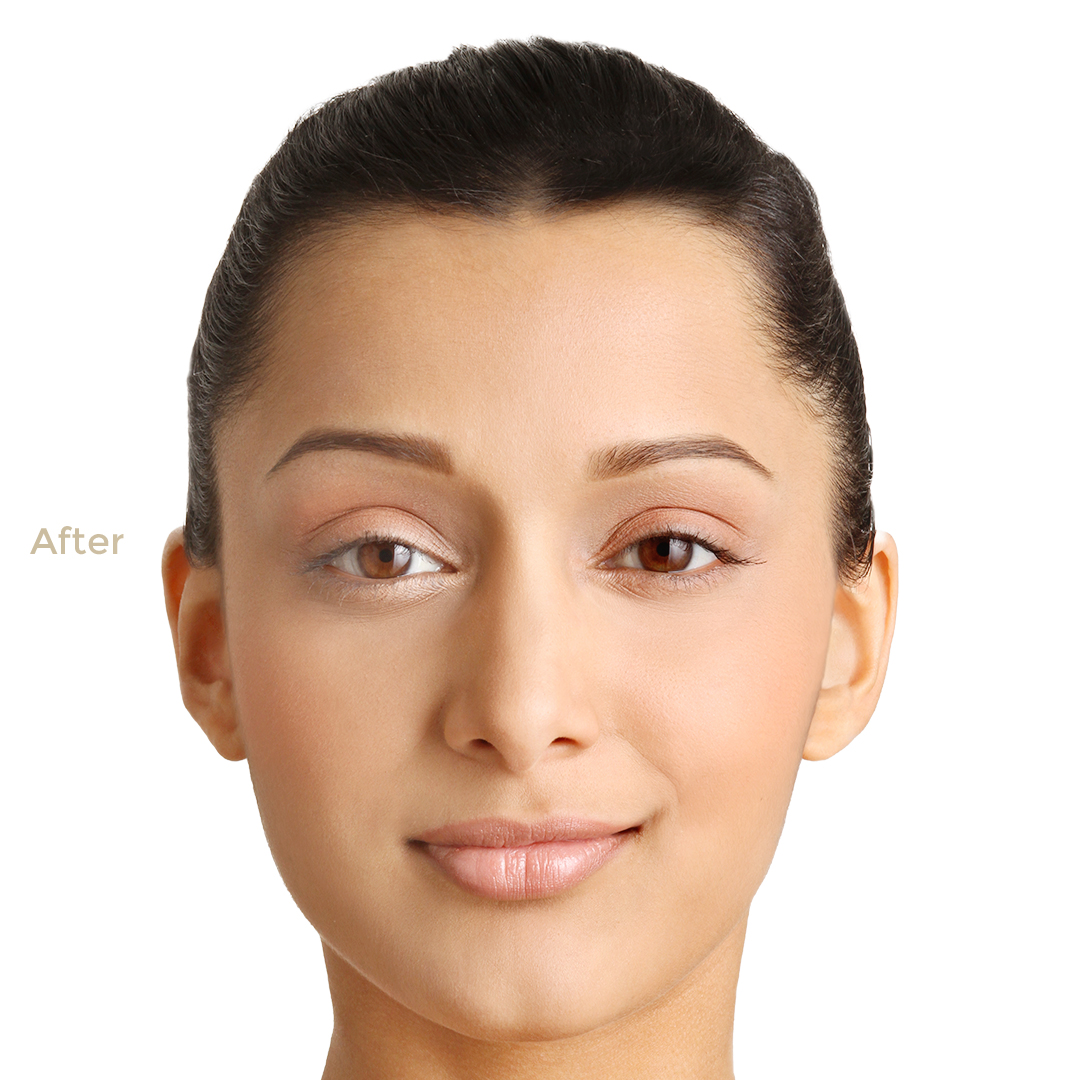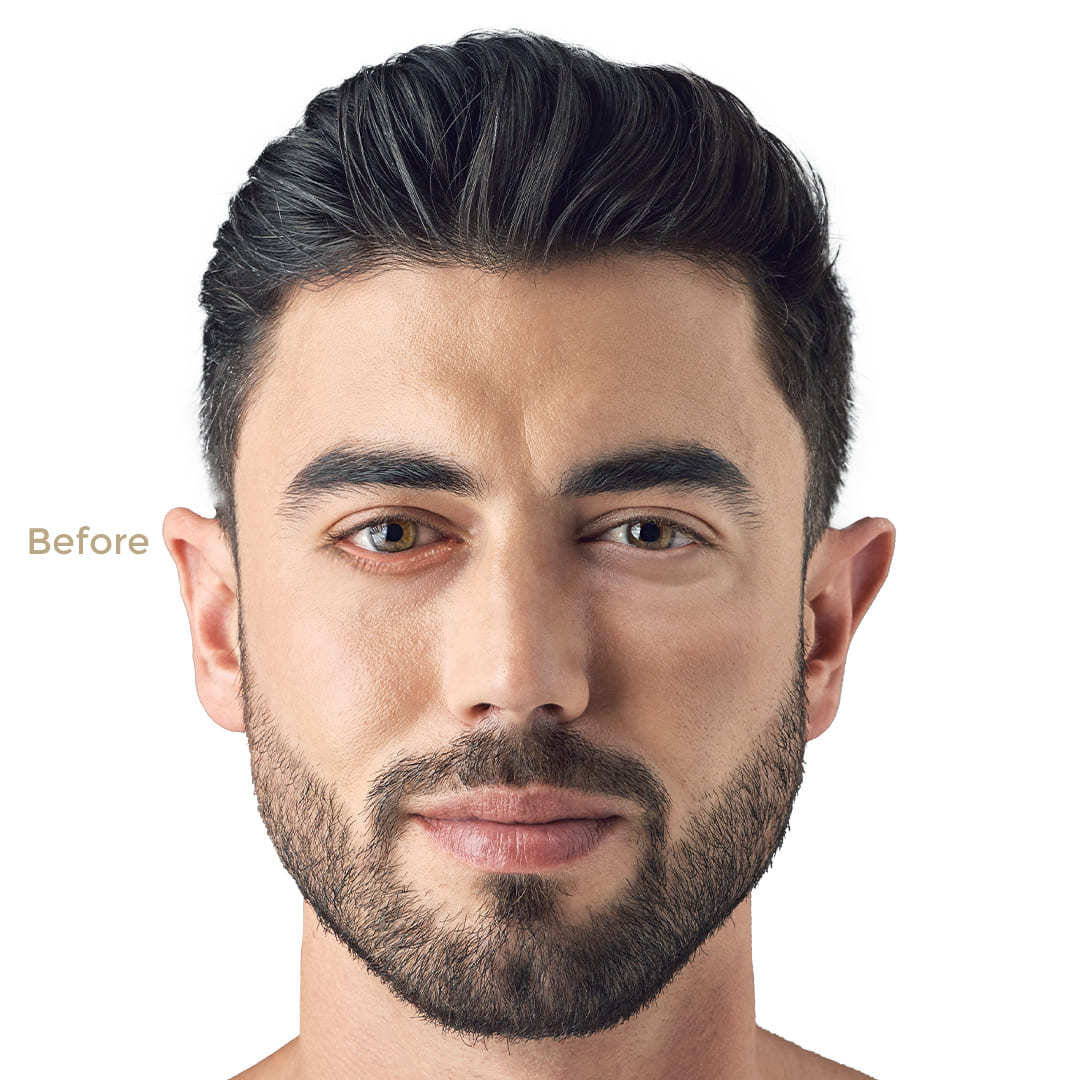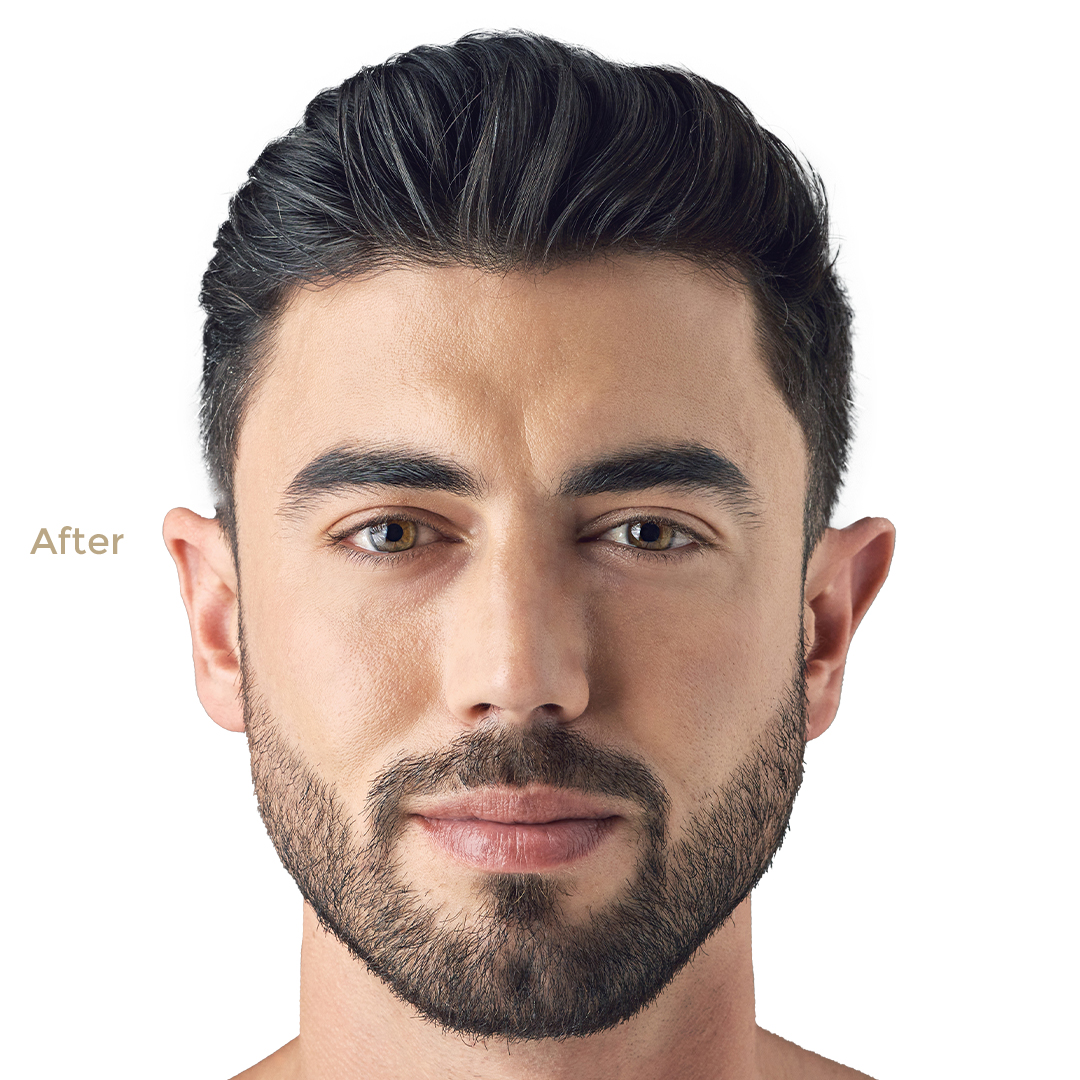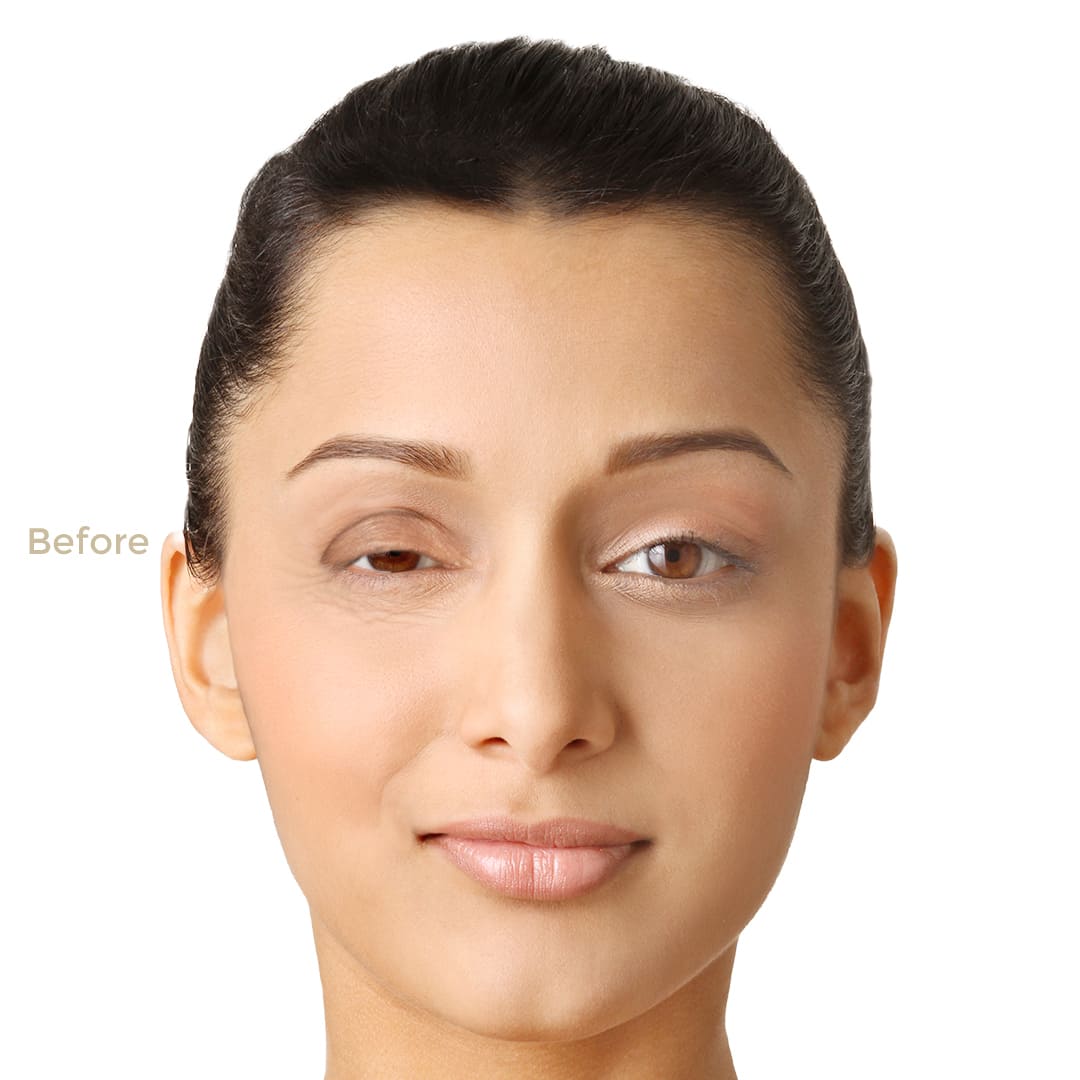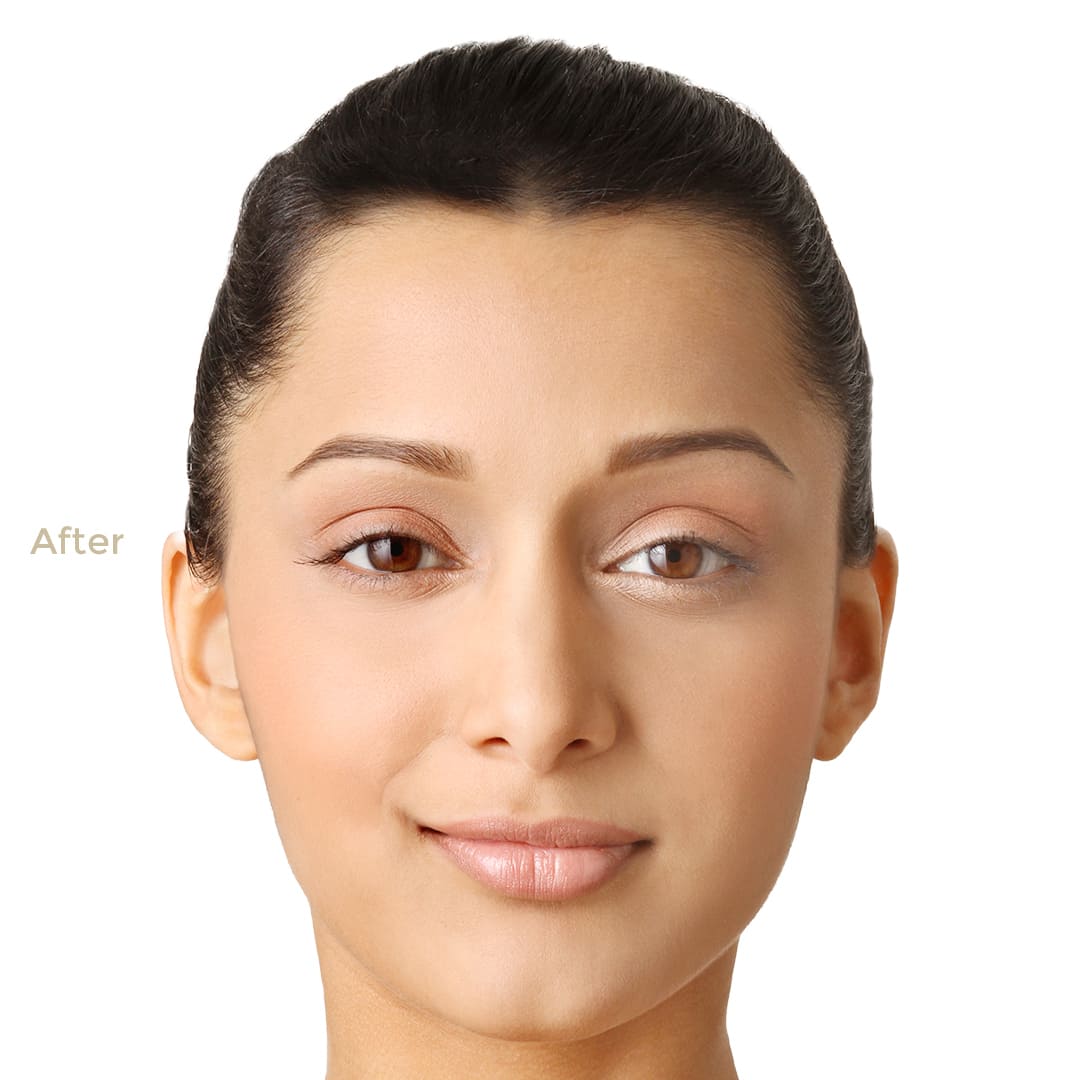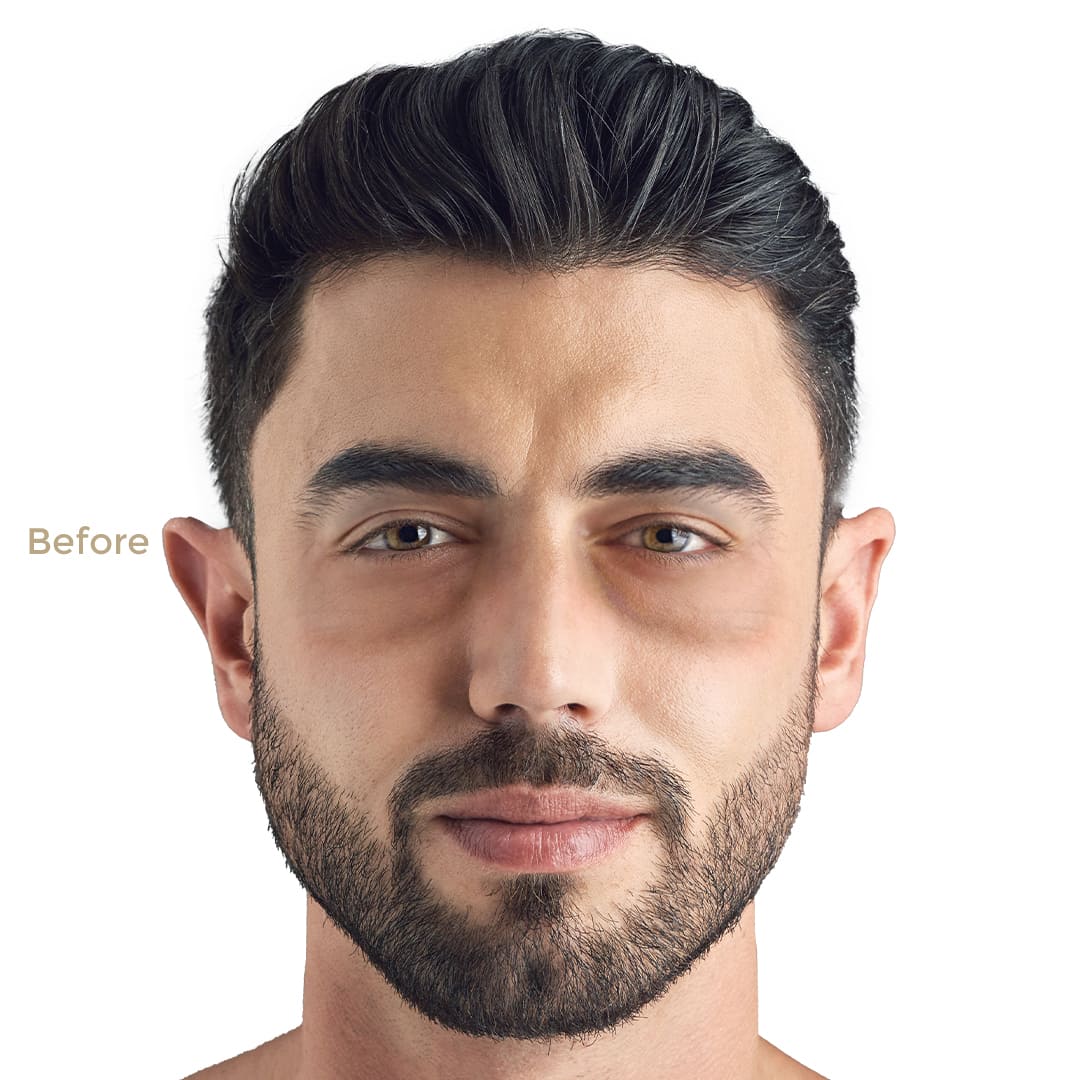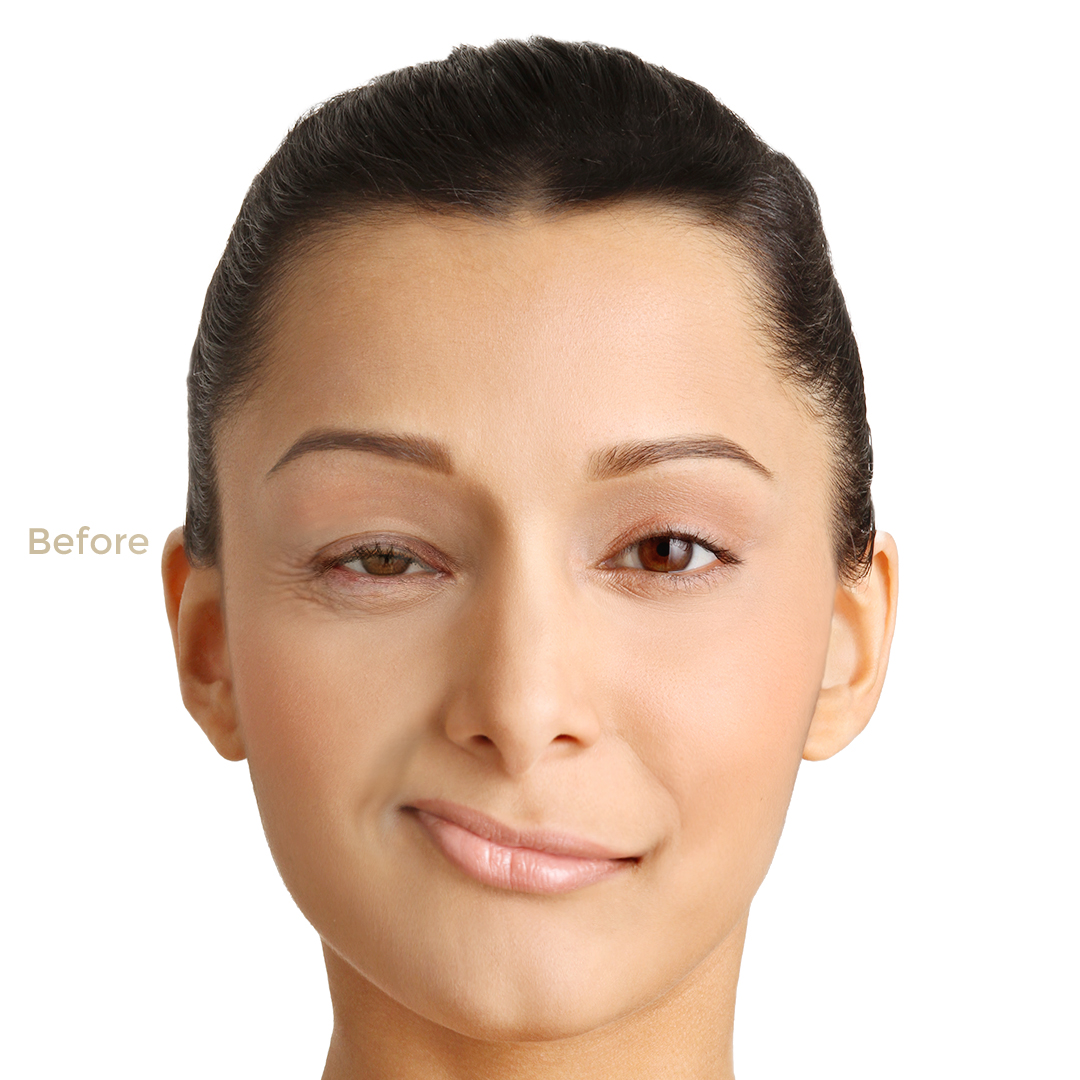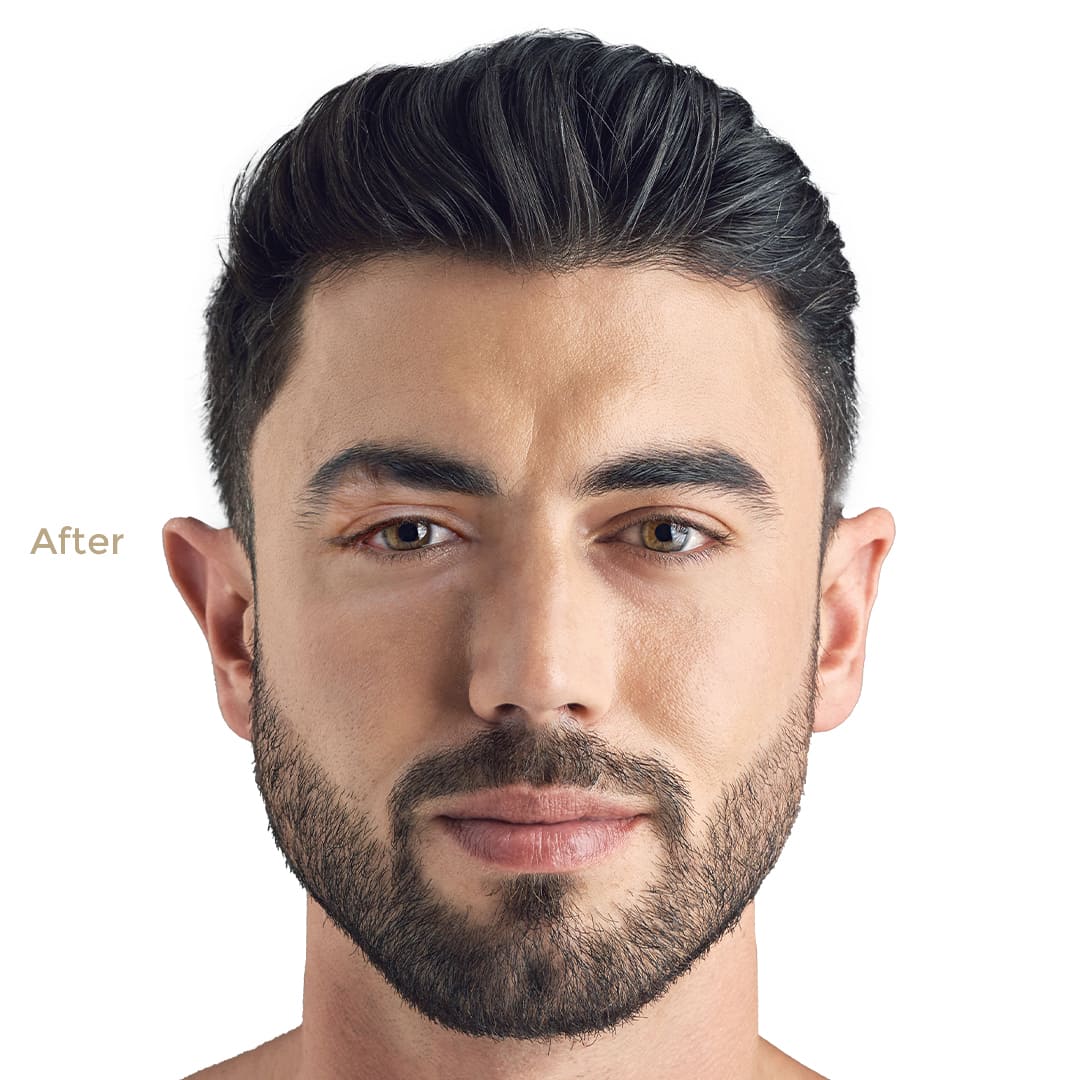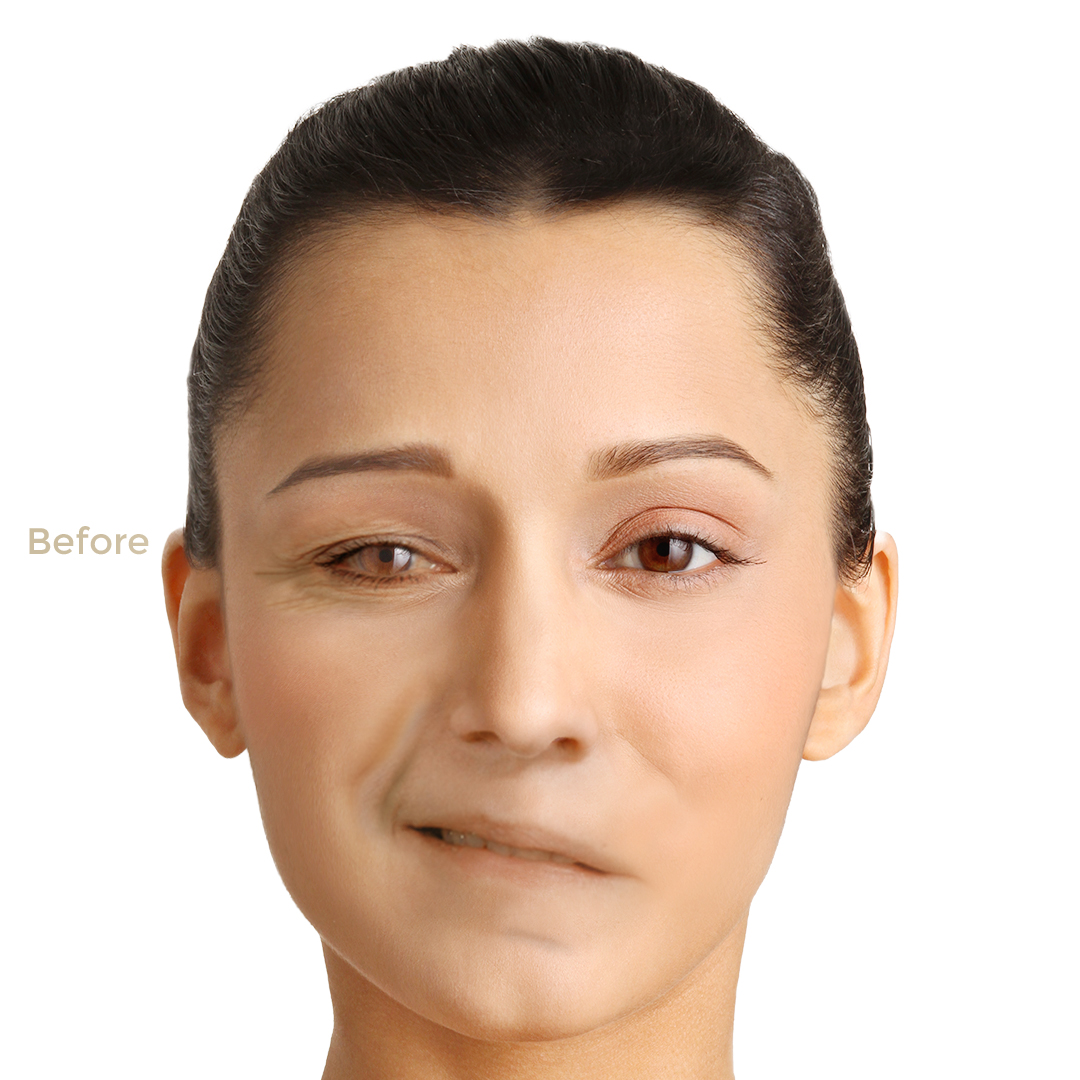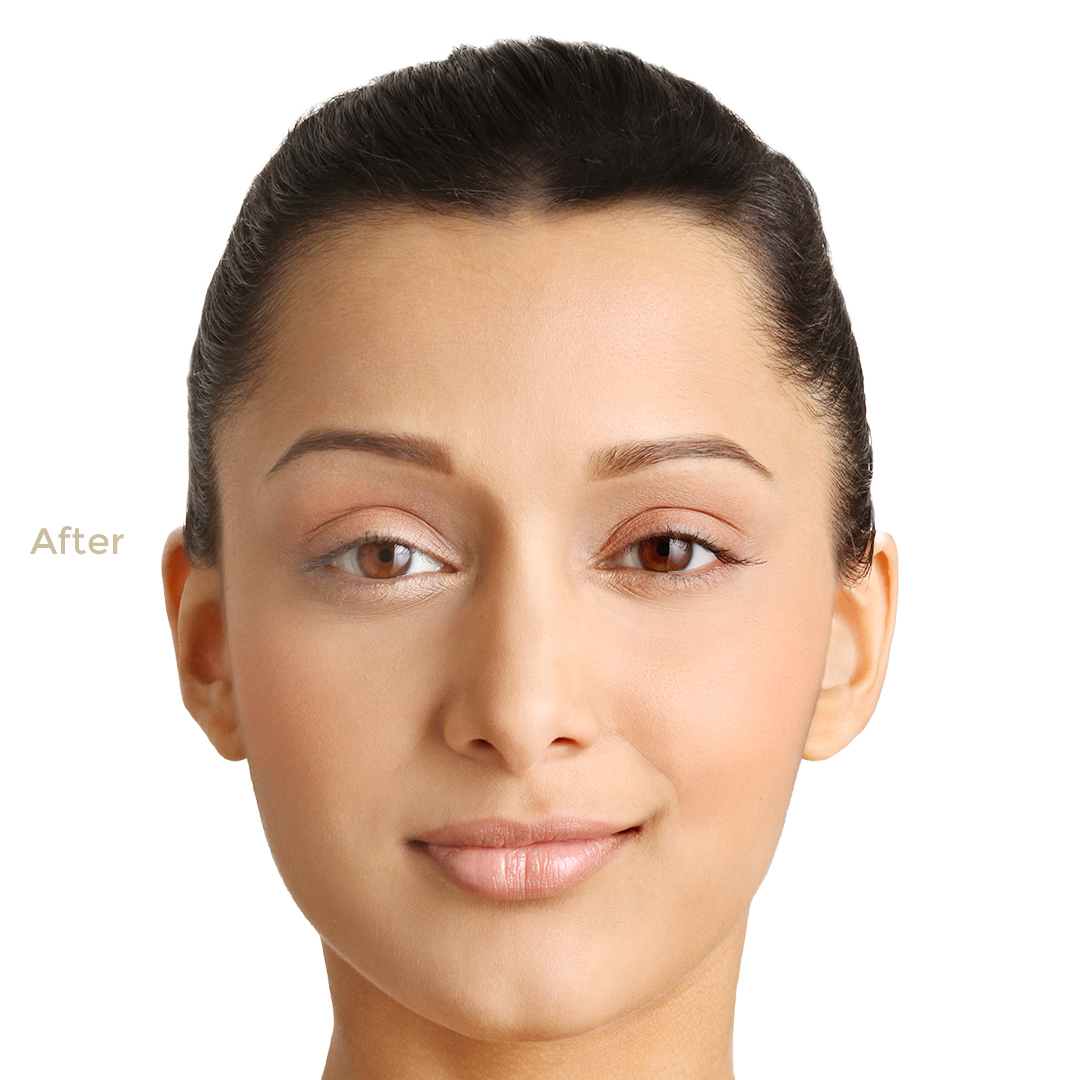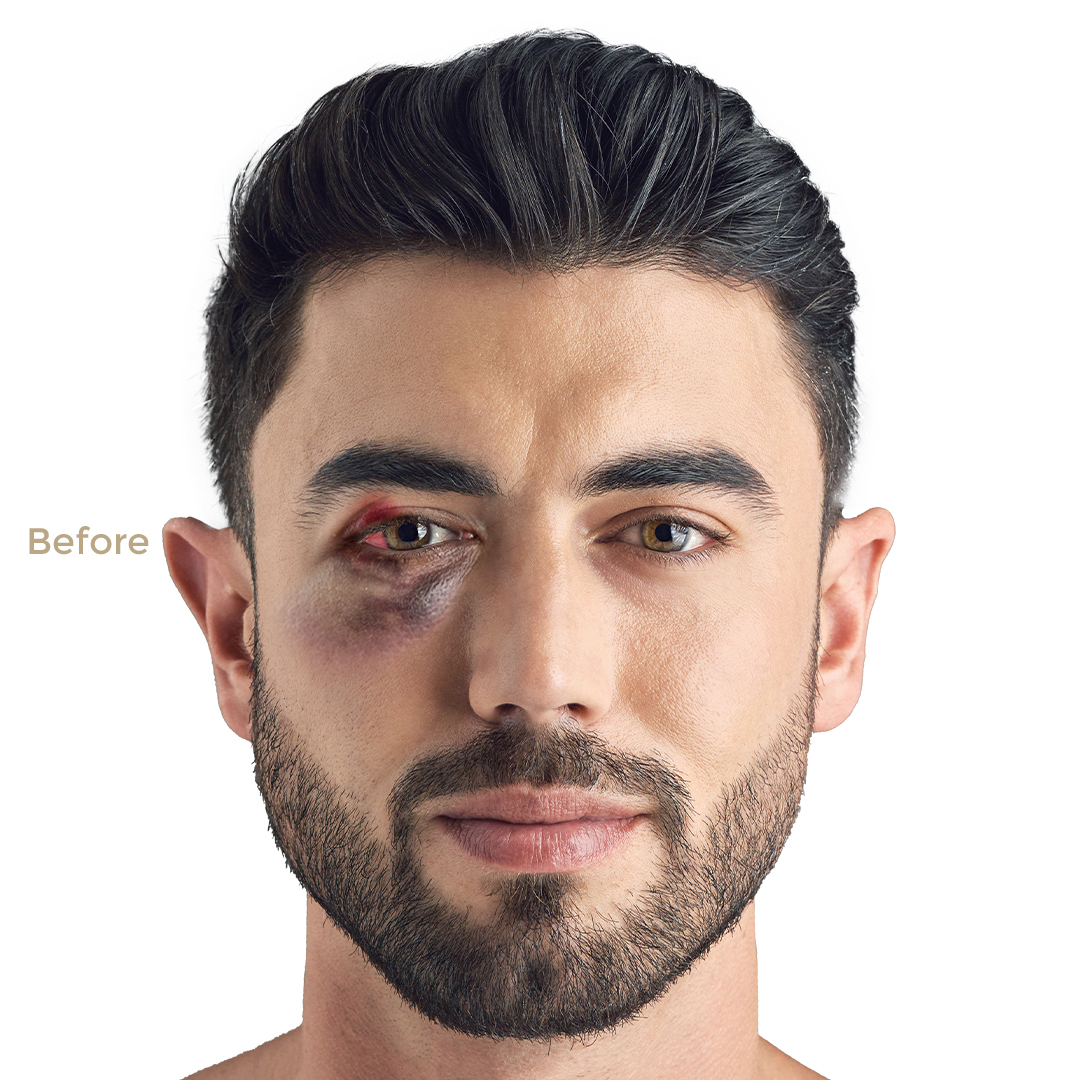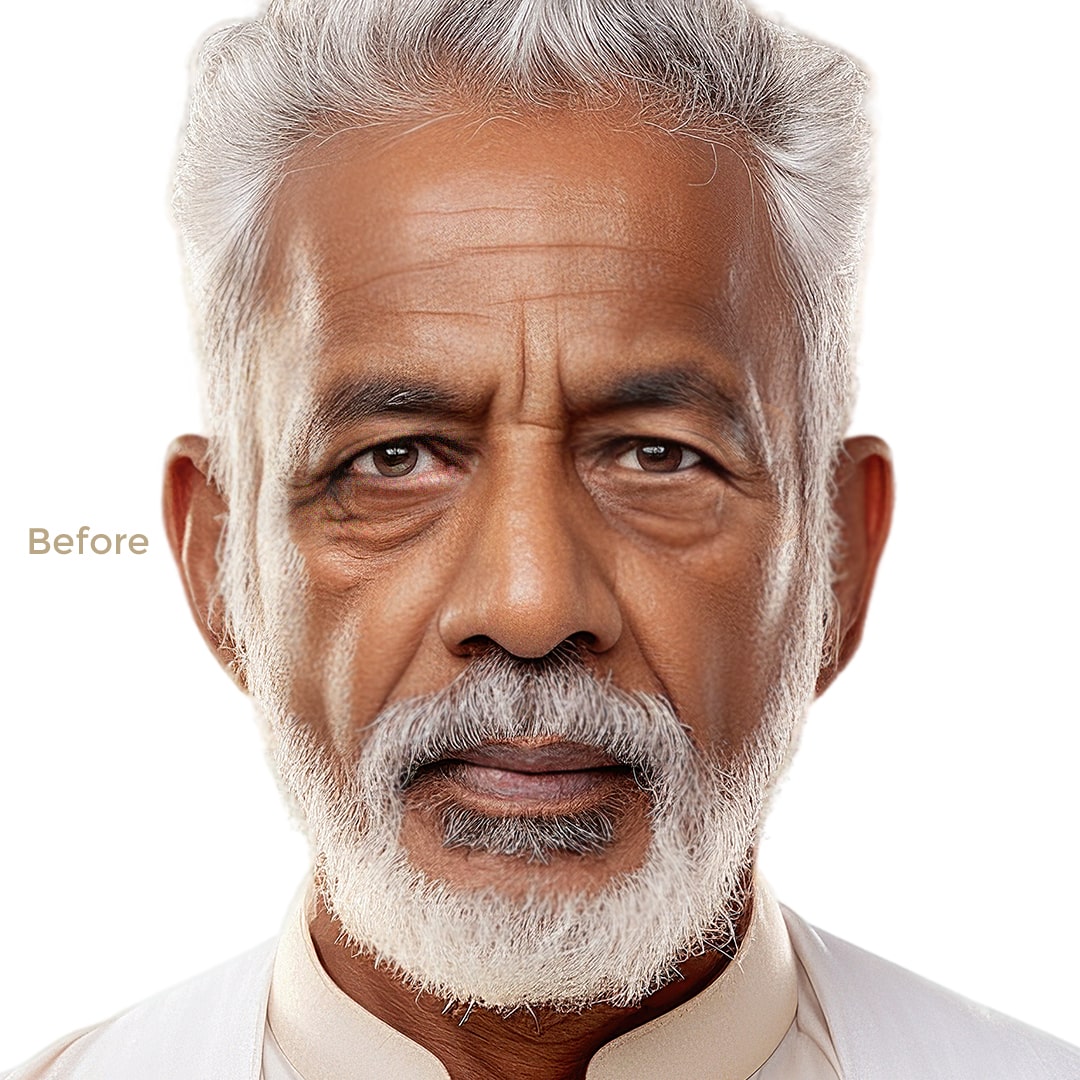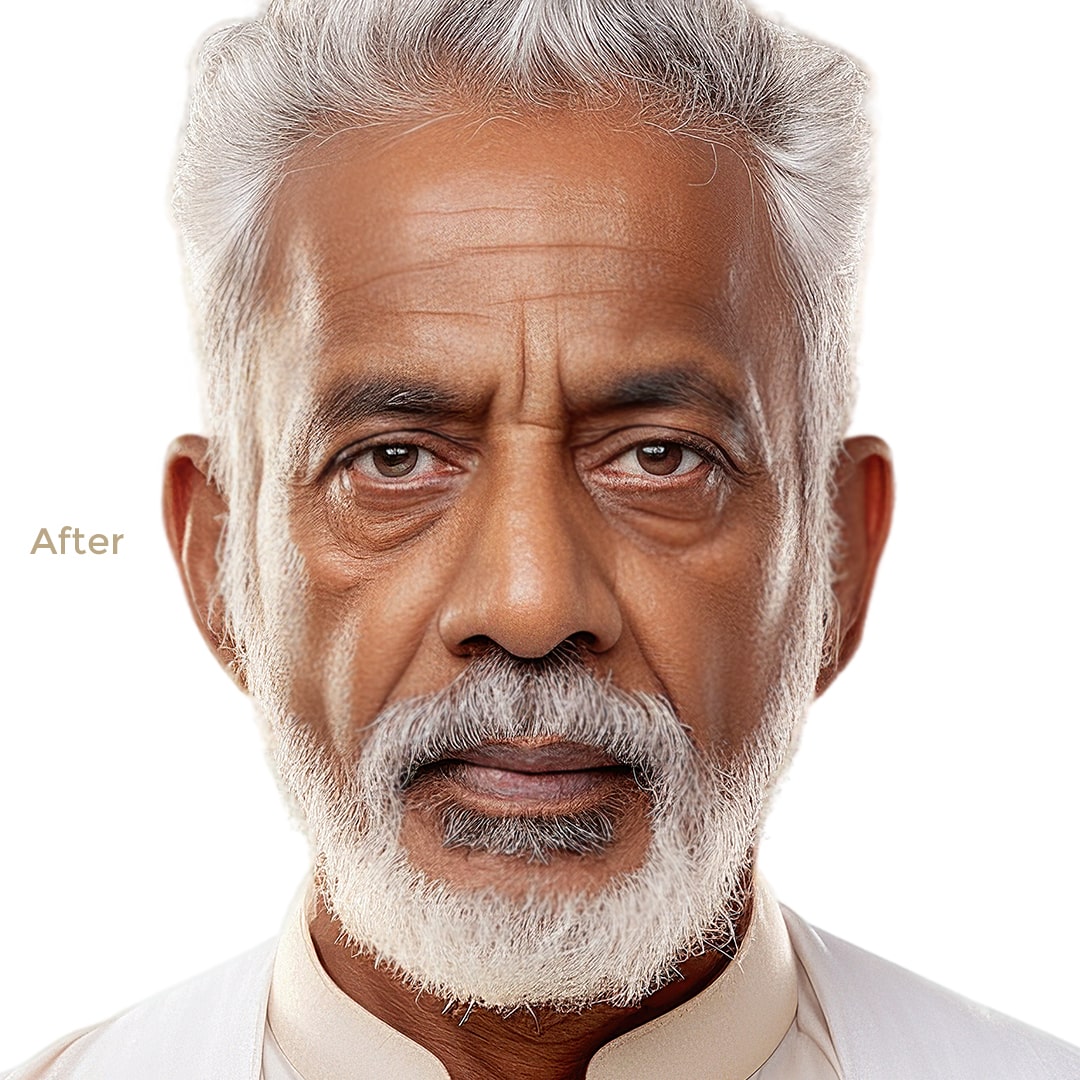High-Tech & High-Touch
Committed to providing high quality, affordable specialist treatments and helping people love themselves.


Treatment Details for Eyelids
Puffy/Baggy Eyes (Blepharoplasty)
- Eye bags is a condition where the fat behind the eye pooches out and leads to formation of bags. It happens due to ageing, hereditary factors and certain medical conditions like thyroid, hypertension or renal disorders.
- Patients with this condition complain of:
- Cosmetic blemishes
- Looking old
- Tired, drunk and sad
- As if they have not taken enough rest
- Are unable to wear spectacles properly
- Baggy lids: This happens when there is extra fold of skin over the upper lid crease which makes the eye look smaller and heavy. It is usually associated with droopy brows. Additional loose skin may be present. Patients complain of heaviness on eyes, headache in an attempt to open eyes and/or limitation or restriction of the visual field. It can be caused by the following reasons:
- Hereditary/ familial
- Skin laxity/ looseness - causing extra skin to hang over
- Atrophy of fat around the brows - leading to descent of the brows
- It can be present in all ethnicities but can specifically be seen in north-eastern Indians and Asians
- Blepharoplasty surgery is used to restore correct functioning to the affected eyelid(s) and eye aesthetics. It can be done on both upper and lower eyelids to correct puffiness and eye-bags.
Watering, Itching, Lumps, Bumps
- There are numerous conditions that can impact brows and lashes:
- Infection
- Inflammation (swelling)
- Overuse of tear (meibomian) glands
- Fat deposition
- Viral infestation
- Malignancy
- Ageing
- Sun damage
- Pigment deposit (nevus)
- Cysts
- Others (Warts, Moles, Skin Tags, Xanthelasma, Stye and Chalazion)
- These can affect forehead and brows, lids and periocular areas and face.
- Common complaints include: Itching, watering, blurry vision, pain, pulsation and cosmetic blemish, lumps, bumps.
- Treatment options include: Observation, Medical, Surgical and Plasma Plexr PRO.
In-turning and Out-turning of Lids
- In-turning and out-turning of lids happen due to:
- Ageing
- Injury
- Previous surgery
- Signs and symptoms:
- Lid deformity
- Watering
- Foreign body sensation
- Decreased vision
- Also known as entropion and ectropion. Treatments include:
- Lubricants
- Surgery for correction of the deformity
Sleepy or Droopy Eyelid (Ptosis Repair)
- Droopy lids, also known as ptosis, is a condition where the upper lid covers the eye. It can vary in degree and severity (mild, moderate, severe). It happens due to weakness of the lid lifting muscle (which is called 'levator').
- Depending on the degree of the droop, you may:
- Have a cosmetic blemish
- Look tired or sleepy
- Experience obstruction in the visual field
- Have difficulty in reading
- Suffer from headaches
- Have decreased vision (mainly in children)
- Ptosis repair is undertaken through surgical or non-surgical methods depending on the severity of the droop.
Hollowness under Eyes
- Also known as sunken eyes or tear trough deformity, hollowness under eyes is seen as valley, depression or shadow below lower lids. It can affect young and old individuals. It is caused by the following reasons:
- Ageing – thinning of lid skin, absorption of fat, bone depression or atrophy, loosening of support structures (ligaments)
- Hereditary
- Diseases which lead to extensive fat atrophy
- Dramatic weight loss
- You may look tired, depressed, or show lack of self-confidence. Sunken eyes can make you look older than your age.
- Main treatment options are:
- Dermal or soft tissue fillers (hyaluronic acid)
- Surgery – Lower lid blepharoplasty
- Cosmetic injectables
- Medicated creams
Spasms and Twitching
- There is a spectrum of spasms/ twitching which can affect the lids and face present as constant, uncontrolled, involuntary movements of lids and or/face. These occur due to injury, neurological diseases, stress, facial nerve compression (blood vessel, tumour), neurotransmitter imbalance.
- These can cause physical, psychological and social impact on a patient's life. Common complaints include:
- Frequent blinking
- Inability to open eyes
- Intolerance to bright light
- Dry eyes, irritation, blurring of vision
- Deviation of mouth
- Difficulty is swallowing and drooling of saliva in severe cases
- Headaches
- You may be advised for brain imaging. Treatment options are:
- Surgery
- Medications – under supervision of the neurologist
- Cosmetic injectables (botulinum toxin) injections
Eye Socket/ Orbit Treatments
- Eye socket contains eyeballs and all the muscles that move it. It is surrounded by seven different bones. Also, inside the socket are tear glands, blood vessels, ligaments, and other nerves.
- Different conditions which can cause issues with functioning of socket/ orbit are:
- Infections
- Injuries
- Tumours
- Burns
- Fractures
- Birth defects and deformities
- Some of the issues/ diseases can lead to shrunken, blind eye
- Different conditions are treated by following procedures:
- Socket reconstruction (grafts)
- Removal of blind and infected eye (enucleation/ evisceration)
- Prosthesis
- Orbital/ fracture surgeries
Paralysis of Face and Eyelid
- Facial paralysis is very common. Usually seen due to:
- Head Injuries
- Ear infection
- Damage after surgery
- Patient will have following issues:
- Distortion of face to one side
- Difficulty is speaking, closing eye, eating, expressing
- Eye looking smaller, inability to close
- Tearing
- Drooling of saliva
- Treatments include
- Fillers and cosmetic injectables to make the face symmetric
- Face physiotherapy
- Surgery to help close eyes better and look symmetrical
- Other facial animation surgeries
Infections, Injuries and Fractures
- Infection, injury can happen to any part of the eye.
- Infections have the following signs and symptoms - swelling of eye, face and/ or lids, pain, discharge or pus secretions. These symptoms may be accompanied by fever.
- Tear/ Injury – can happen to any part of the eye. It is important to reach out to the specialist at the earliest for good functional and cosmetic results.
- Fractures- can happen due to blunt or sharp injuries. Usually, the patient complains of black eye, bleeding from ear and nose, swelling in and around the eye and face, eye looking smaller.
- Treatment options include medical, observation and surgical.
Hooded Eyes
- Hooded eyes refer to a specific eye shape where the upper eyelid appears to be mostly hidden or partially covered by a fold of skin when the eyes are open. This creates the appearance of a “hood” or a heavier, drooping effect on the upper part of the eye.
- The main characteristics of hooded eyes include:
- Reduced visible eyelid space
- Eye makeup challenges
- The perception of a smaller eye
- A more intense look when eyes are closed
- Hooded eyes are primarily determined by genetics, meaning they are usually an inherited trait. The anatomy of the eye and the way the skin and muscles around the eyes develop can be influenced by family history, and this can lead to the appearance of hooded eyes.
- Treatments include
- Blepharoplasty (eyelid surgery)
- Thread lift
- Cosmetic injectables
Explore All Our Treatments
Explore All Our Treatments
- Absent / Scanty Brows and Lashes
- Acne
- Anti-Ageing Skin Care
- Anti-Cellulite Treatment
- Cheek Hollowness and Smile Folds
- Chemical Peels
- Chemical Peels
- Daily Skin Care Program
- Dark Circles
- Droopy brows
- Ear Lobe Repair
- Excessive Sweating
- Eye Socket / Orbit Treatments
- Face reshaping and contouring
- Hollowness under Eyes
- Infections, injuries, fractures
- In-turning and Out-turning of Lids
- Paralysis of Face and Eyelid
- Pigmentation And Texture Repair
- Puffy / Baggy Eyes
- Skin Brightening
- Skin Hydration
- Sleepy or Droopy Eyelid ( Ptosis Surgery)
- Sleepy or Droopy Eyelid
- Spasms and Twitching
- Tear Passage Treatments
- Thyroid Eye Disease
- Watering, Itching, Lumps, Bumps
- Wrinkles, Fine Lines, Folds

